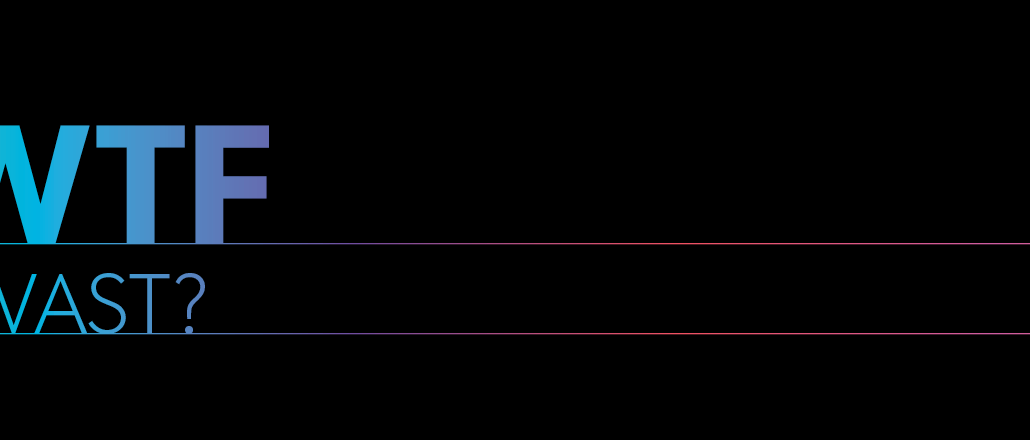
This article is a WTF explainer, in which we break down media and marketing’s most confusing terms. More from the series →
Digital video’s share of ad spending is growing and, with it, the need for standards that govern it. The result is an alphabet soup of ad tech jargon like VAST, VPAID and MRAID. They sound confusing, but they don’t have to be. Here’s a primer on what they are and why they matter.
Let’s start from the beginning. WTF is VAST?
VAST, or “Video Ad Serving Template,” is a script that gives video players information about which ad to play, how the ad should show up, how long it should last, and whether users are able to skip it.
Sounds like ad tech. Why is this important?
It’s important because it’s what lets video players and ad servers speak the same language. Standards mean scale, which means more volume for publishers to sell and more revenue.
OK. But why does it matter?
“The idea behind VAST is to avoid forcing a publisher to change its video stack just to use different ad servers,” said Eric Boyd, director of product at JW Player, which sells video player technology to publishers.
VAST has been around for a while. What’s changed?
VAST has grown alongside — or in response to — the demands of publishers and advertisers. Version 3.0 let video players signal which ad formats they wanted — linear, linear skippable — which was a big deal for publishers that wanted to play certain formats and not others. The Interactive Advertising Bureau this month released VAST 4.0, the first update to the video ad standards since version 3.0 came out in 2012.
What’s the catch?
With VAST, a big sticking point is adoption — or lack thereof. “VAST 4.0 has been released for public comment, but few publishers and video players support version 3.0, and most are still using version 2.0,” said Josh Speyer, CEO of mobile video ad company AerServ. “So while there are some useful additions and features in the newer VAST versions, because the industry has been slow to adopt them, VAST has not been able to evolve as quickly as it could and should.”
Does all this have anything to do with the viewability issue I keep hearing about?
Sort of. One of the big limitations with VAST is that it didn’t support viewability standards until VAST 4.0, the latest version. Instead, the industry had to cobble together a solution with VPAID.
Wait, VPAID?
VPAID (“Video Player Ad-Serving Interface Definition”) is just code that runs within video players. It’s what jazzes up a run-of-the-mill car ad and makes it an interactive one with features like overlays that let viewers click to read more. Advertisers like ads that trigger a response from viewers so they can measure their effectiveness.
A lot of this sounds very desktop-heavy. What about mobile?
Both VAST and VPAID were initially developed in the pre-mobile, pre-app world. So the IAB developed MRAID, (Mobile Rich Media Ad Interface Definitions), a standard for rich-media ads that run in mobile apps. In March, the IAB updated MRAID standard to incorporate some of VPAID’s functionality.
Is that it?
Well, VPAID also helps give advertisers more info about about how ads are actually performing. And interactivity. Did we mention that advertisers love interactivity?
You say “interactive,” I hear “Flash.” I thought Flash was dead.
Not quite yet, but it’s on its way out. Flash also doesn’t work on mobile, which is they there’s another standard.
Please — no more standards.
Sorry, but ad tech loves standards. The last one, MRAID (““Mobile Rich Media Ad Interface Definitions”), is the standard for creating rich-media ads on mobile. It’s what lets apps show you all sorts of ad formats within mobile devices.
More in Media

Digiday+ Research: Publishers’ growing focus on video doesn’t translate to social platforms
Major publishers have made recent investments in vertical video, but that shift is not carrying over to social media platforms.

Technology x humanity: A conversation with Dayforce’s Amy Capellanti-Wolf
Capellanti-Wolf shared insight on everything from navigating AI adoption and combating burnout to rethinking talent strategies.

How The Arena Group is rewriting its commercial playbook for the zero-click era
The company is testing AI-powered content recommendation models to keep readers moving through its network of sites and, in doing so, bump up revenue per session – its core performance metric.





